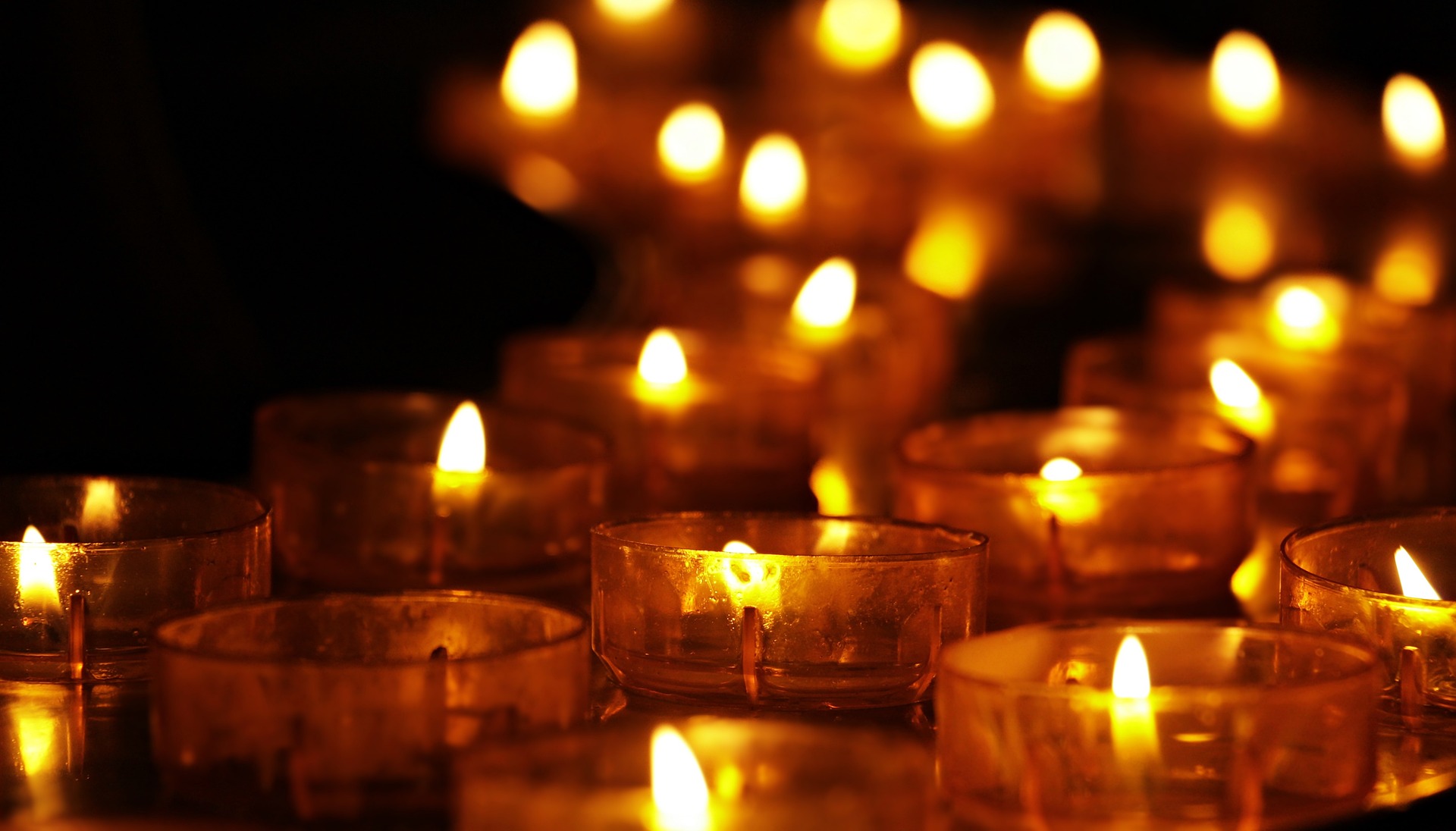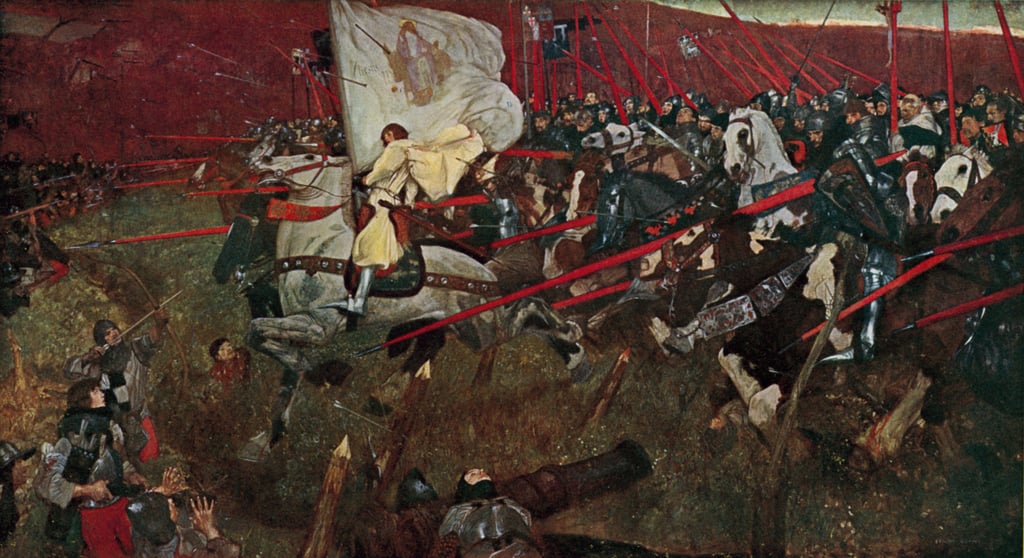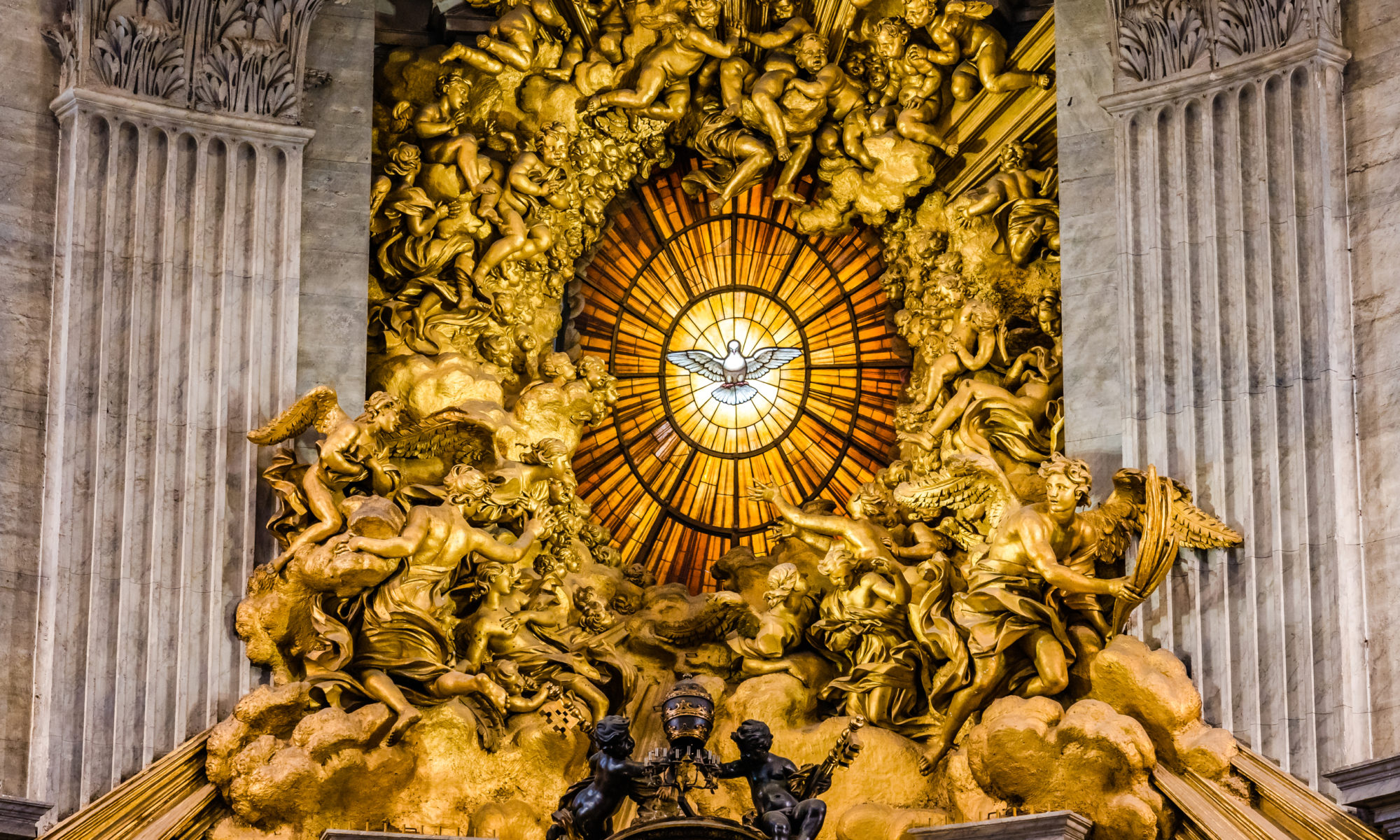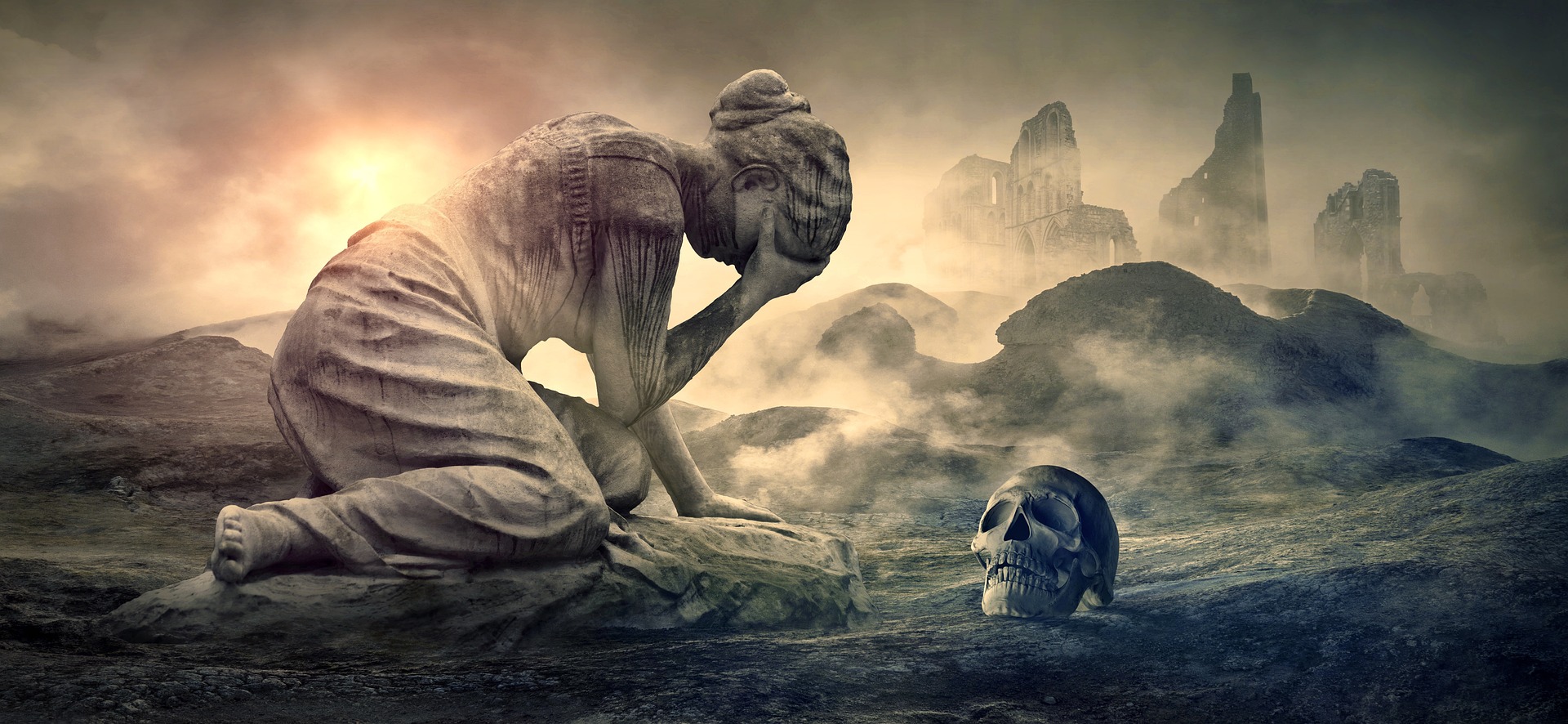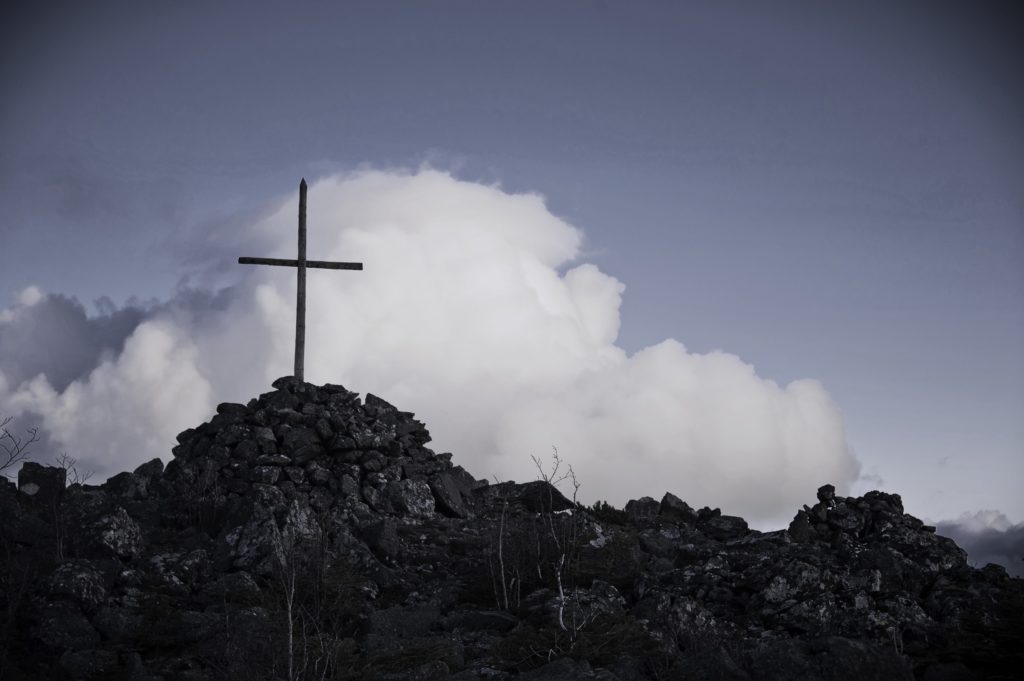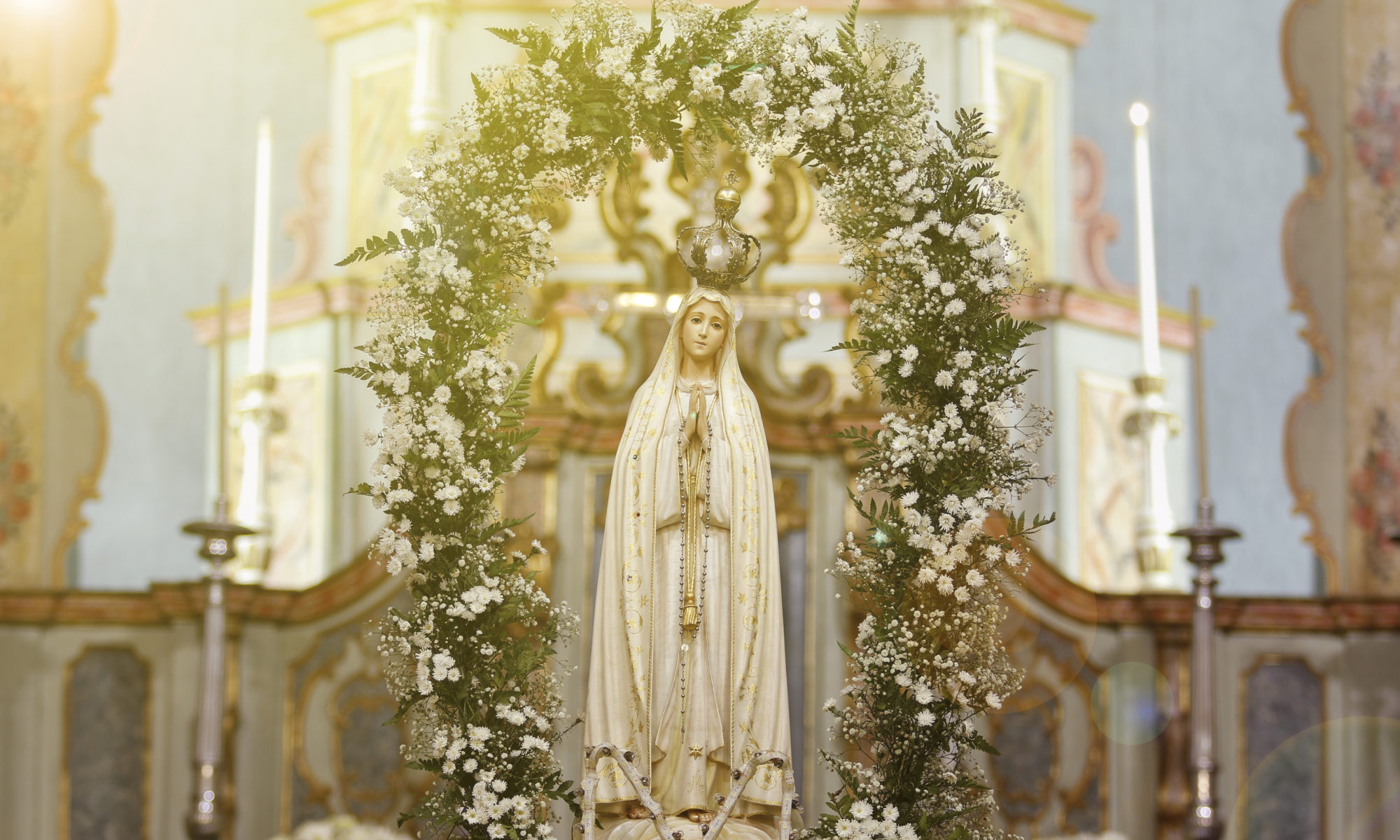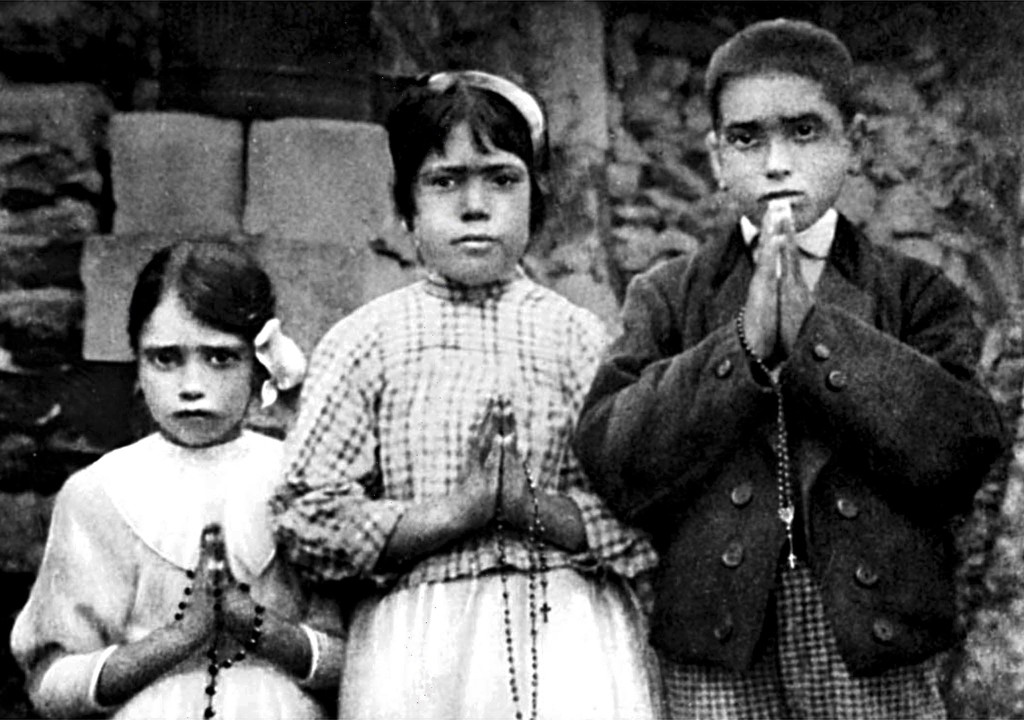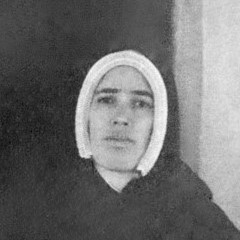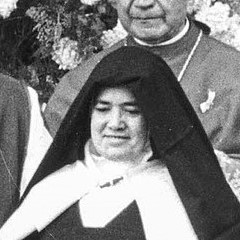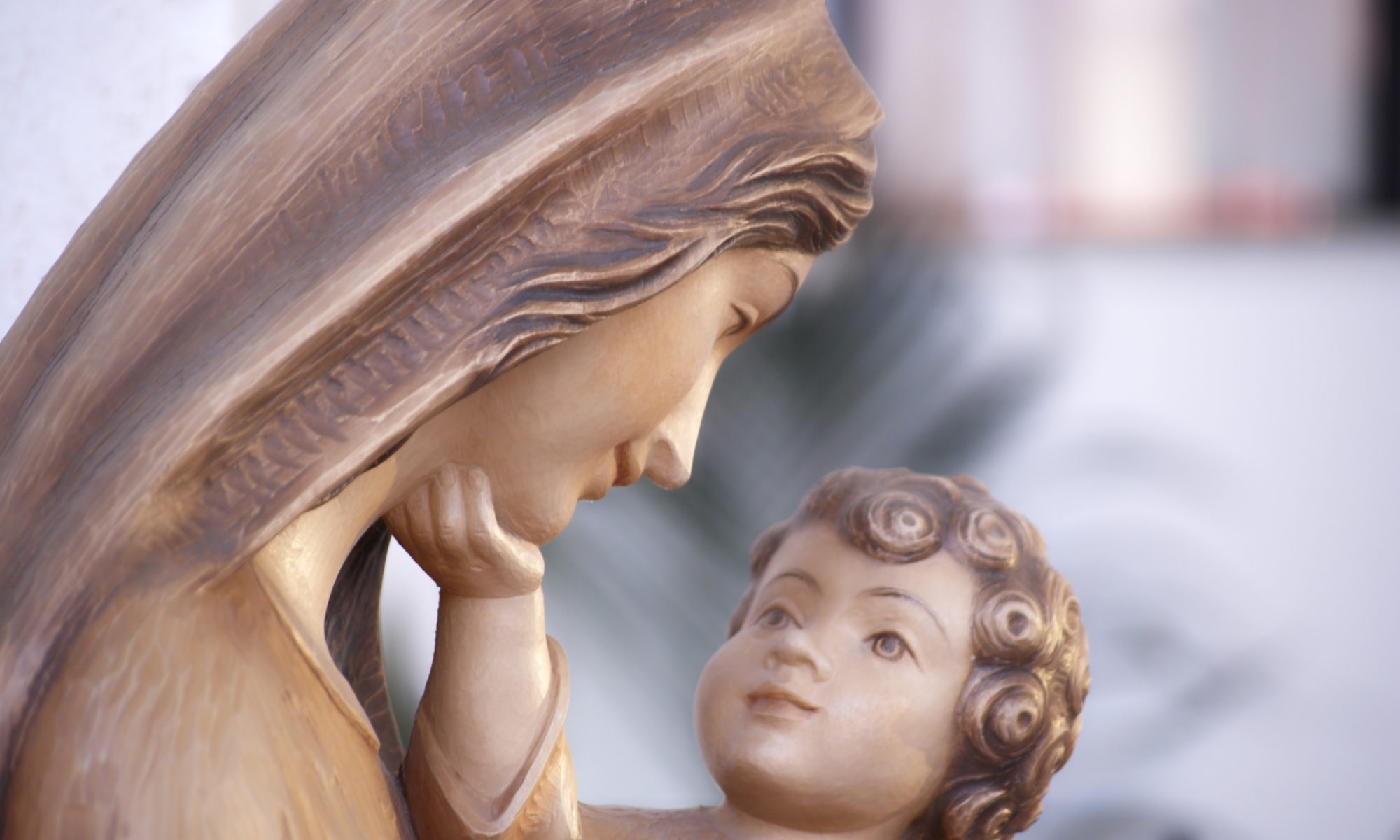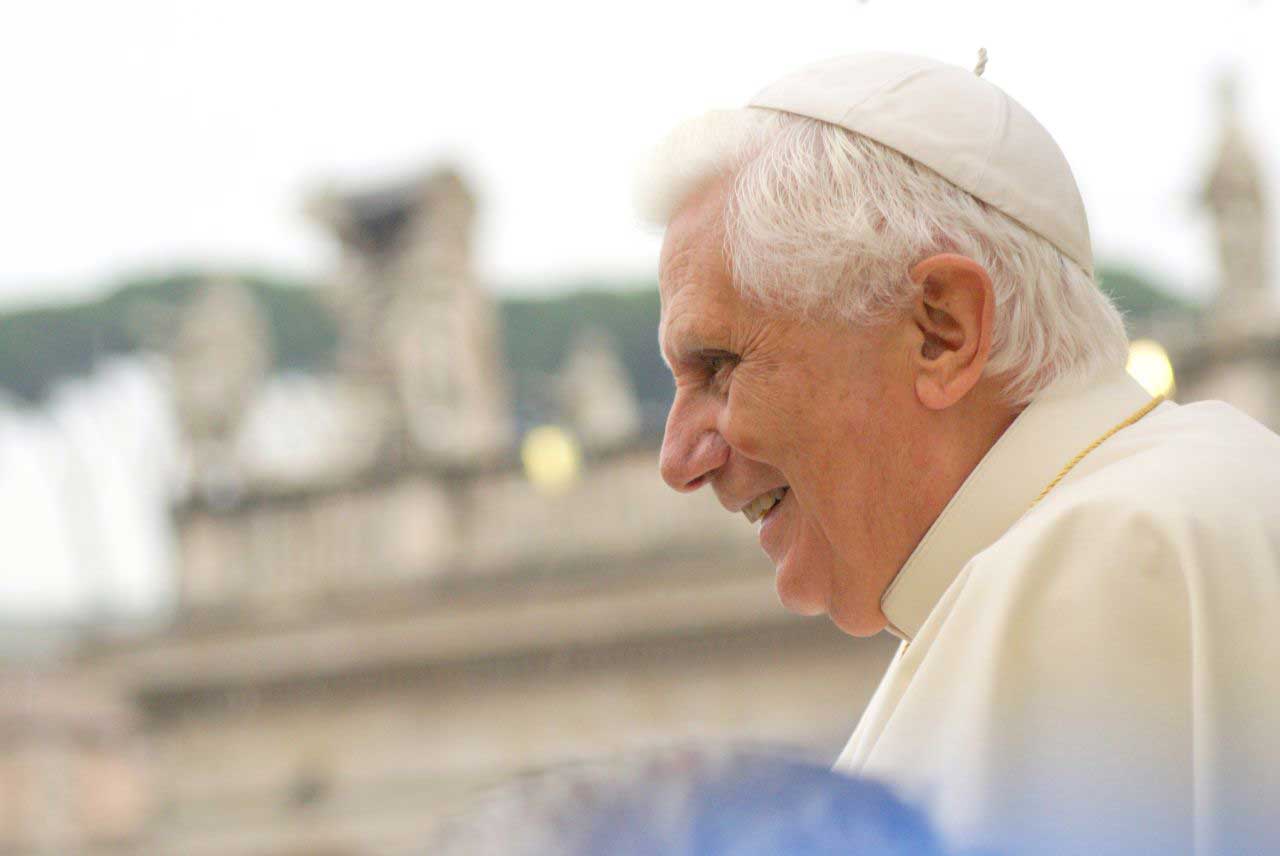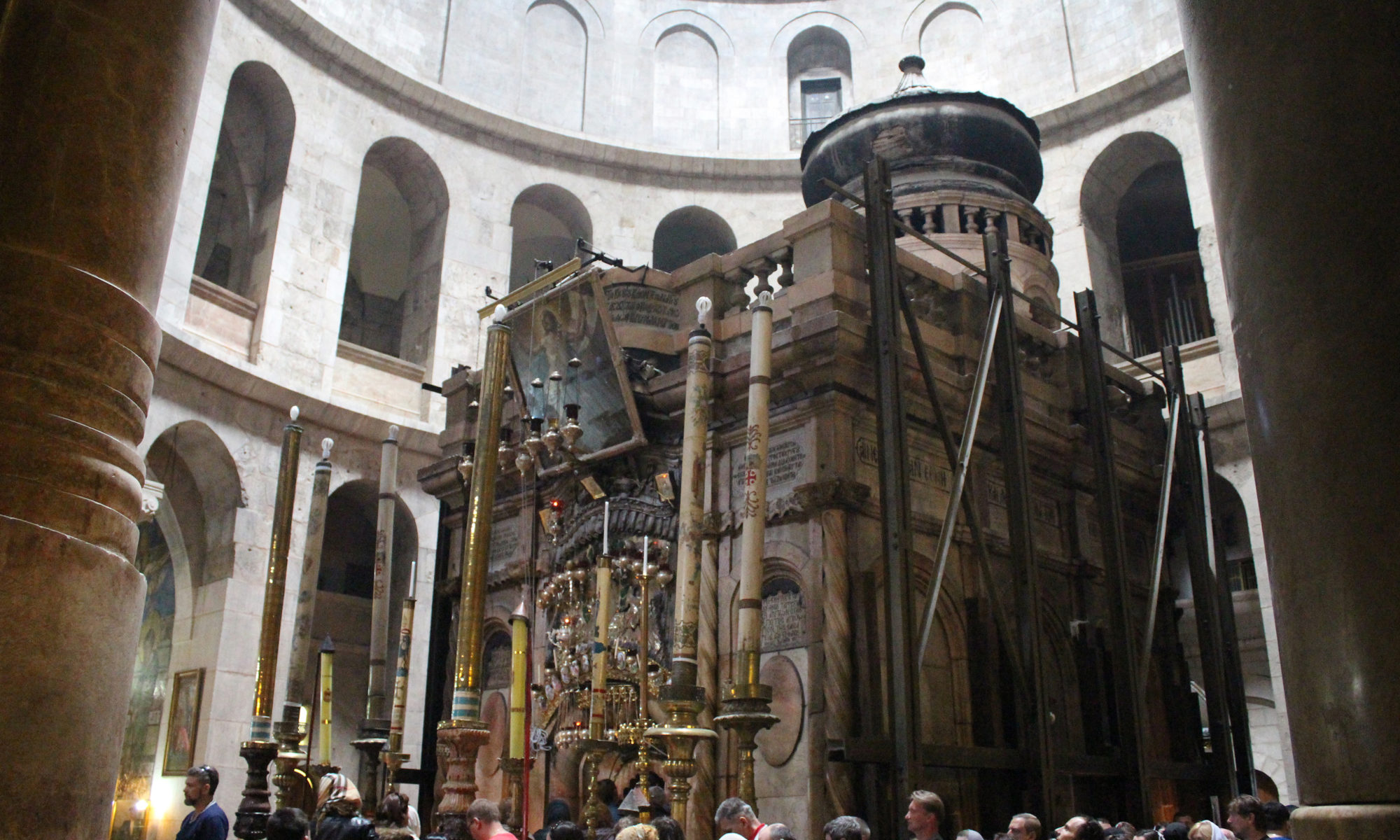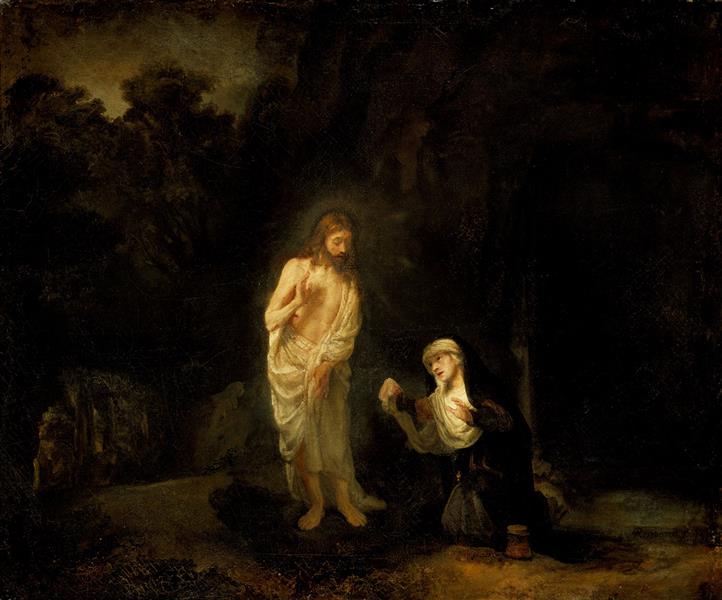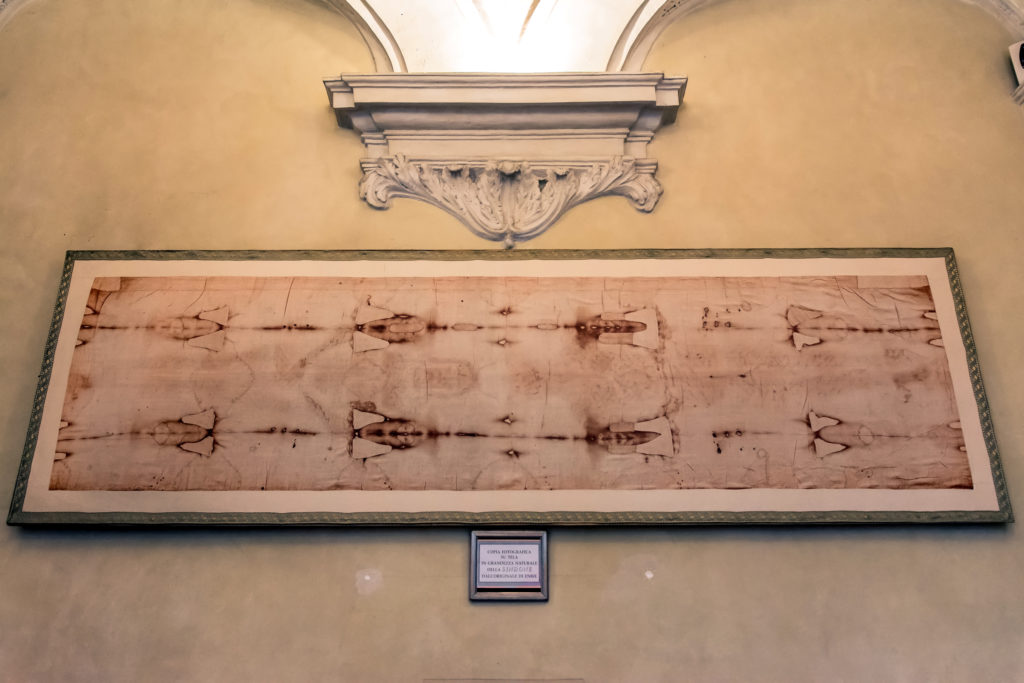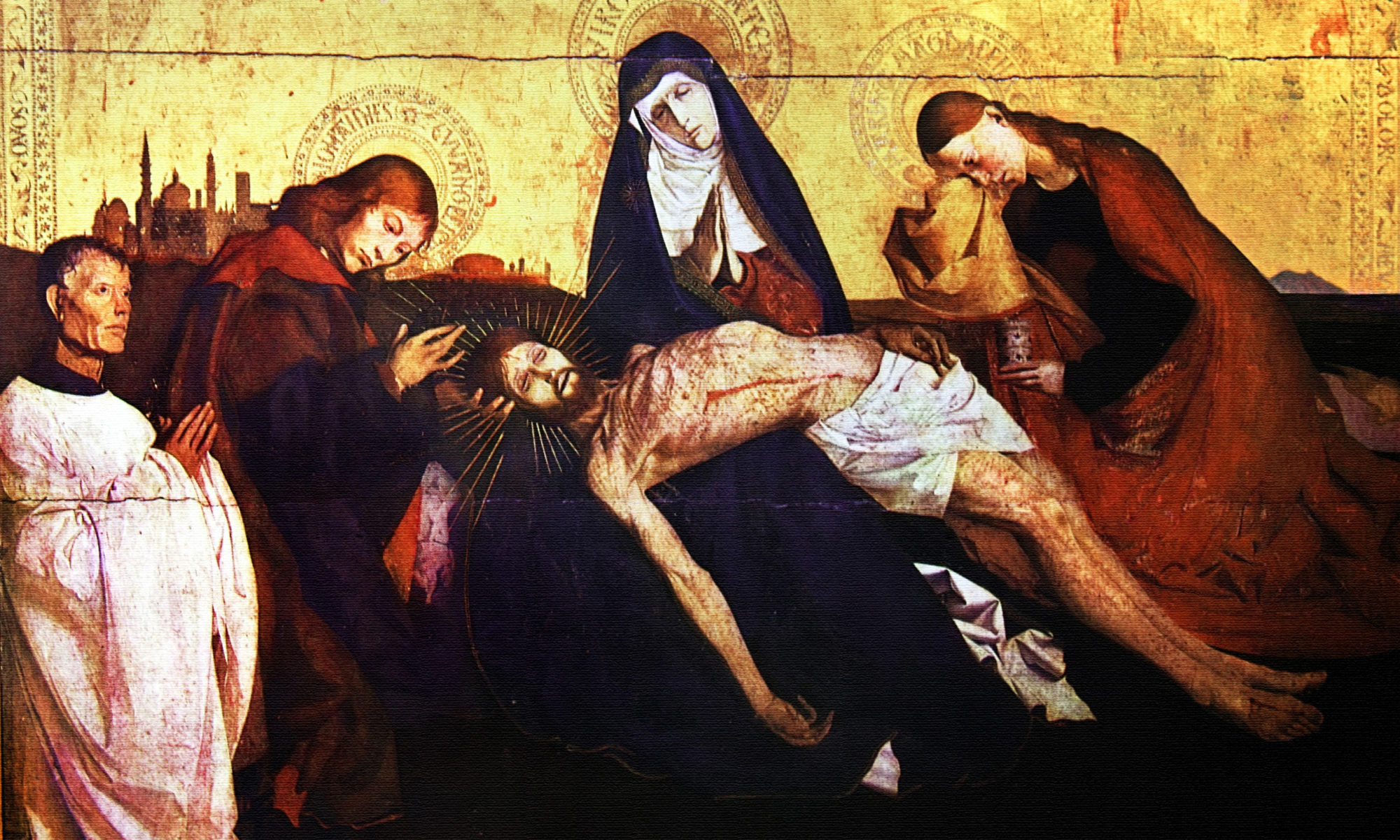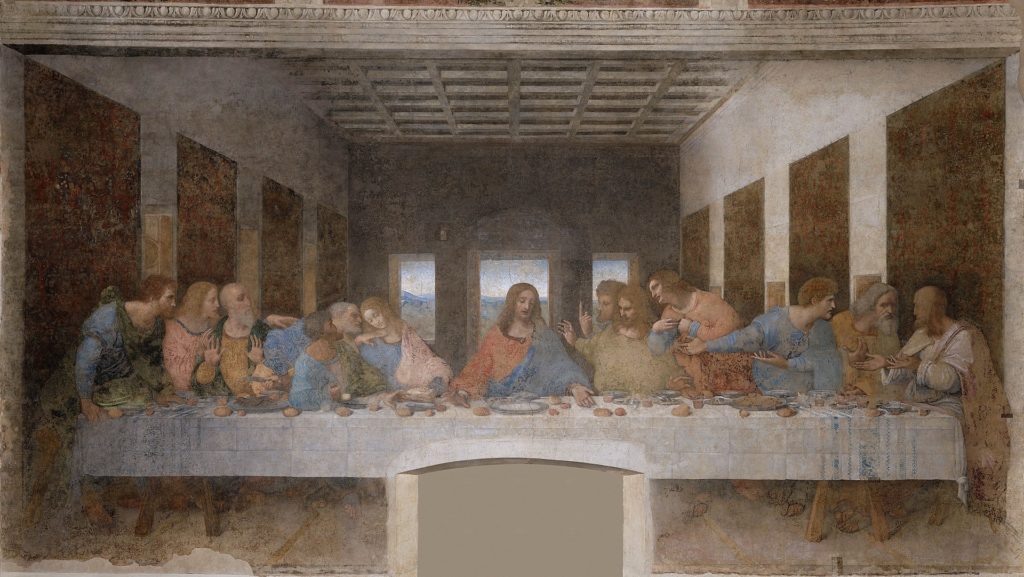Joan of Arc (c. 1412–1431), France’s national hero, was canonized by Benedict XV in 1920. Her feast day is May 30 (or May 31 in some places). You have probably heard of Joan and how she saved France, since her dramatic life has been made into several books and movies. Almost 600 years after she was captured and burned at the stake, Joan continues to fascinate people in France and around the world.
Historical Background of Joan’s Life
At that time, France was rapidly developing under a king with strong political power. However, in England, where the power of the monarchy was similarly strengthened, King Edward III asserted his royal authority over France, on the grounds that his mother was a Capetian, and the Hundred Years’ War (1337-1453) began. Furthermore, during the same Hundred Years’ War, Philip III, Duke of Burgundy, and Charles VII, King of Valois, fought for control of French territory.
Life in the Village of Domrémy: Joan’s Father’s has a Prophetic Dream about her.
While Joan was still a little girl, her father had a dream about her. He saw his daughter traveling with an army—a camp follower.
When he awoke, he told her brothers that if this ever happened, he would ask them to drown her, if they refused, he would do it himself (Mary Gordon, Joan of Arc: A Life).
Joan of Arc was probably born on the Feast of the Epiphany, January 6, 1412 (Joan of Arc: A Life). Her father was James (Jacques) of Arc, a peasant from the village of Domrémy in northeastern France, and he and her mother, Isabelle Romée, raised Joan as a devout Catholic. She spent most of her free time in the church. A priest who knew Joan said that she often came to confession.
It would be interesting to know if Joan was indeed born on the Feast of the Epiphany. The Feast of the Epiphany is the day when the wise men took their gifts and went to offer them to Christ the King. It seems to symbolize the life of Joan, who, under God’s guidance, left the village of Domrémi for Chinon, to meet the future king and lead him to coronation. Judging by her father’s dream, and the day of her birth, it would seem that the mysterious divine guidance concerning Joan had already begun.
Joan Guided by Mysterious Voices
In 1425, Joan was about 13 years old.
Some Burgundian and English troops drove away the livestock from the village of Domrémy, looted the church, and burned it to the ground. That same year, Joan heard mysterious voices for the first time one summer day in the garden of her house. At first Joan was afraid, but later she believed that the voices were real and that they was sent by God to guide her (SAINT JOAN OF ARC).
John 14:21 says, “He who loves Me will be loved by my Father, and I will love him, and manifest myself to him.” Because of Joan’s deep love for God, God granted her a special favor. That favor was that she would go to fight in the battle that would bring a miraculous victory to France.
The curious anecdote of Joan’s audience with the future Charles VII
In 1428, Joan requested the assistance of the local military commander, Robert de Baudricourt, to gain an audience with the Dauphin (the heir to the throne of France). She wanted to convey to the Dauphin a message that she had received from God. Part of the message was that the Dauphin was to be crowned King of France.
At first, Joan was not taken seriously, but she prophesied (correctly) that the French army would be defeated at the Battle of Louvray (the “Battle of Herrings”) on February 12, 1429, and she succeeded in gaining the trust of some high-ranking people. Finally, she was granted an audience at Chinon with the Dauphin, to accomplish the mission entrusted to her by St. Michael, St. Catherine of Alexandria, and St. Margaret of Antioch.
At the time, the Dauphin considered battle more important than coronation. One reason was that the traditional coronation site, Reims, was in hostile territory. The Dauphin, unwilling to meet Joan, hid among his courtiers in order to deceive her.
However, something unexpected happened. Joan quickly found the Dauphin in hiding. Undaunted, she told him that she did not want him to stop fighting, that the Lord would send help, that the kingdom belonged to the Lord, and that the Lord wanted the Dauphin to become the King. She then told him of her God-given mission to liberate Orléans and march on Reims, where the Dauphin would be crowned.
This anecdote of Joan’s conveyance to the Dauphin of the mission entrusted to her by God impressed upon me the strength of Joan’s faith. During this period, one of the few times a woman could speak out in public was when she was speaking about a God-given prophecy. This social context helps us understand that Joan truly believed that she was obeying the voice of God.
Joan’s Appearance
In Joan’s time, it was not customary for painters to depict a commoner like her; portrait paintings were only for the rich and noble. There are no portraits of Joan made by painters who met her in person.
What little we know of her appearance comes from the few remaining descriptions. Joan is described as being about five feet two inches tall, with a sturdy, short-necked, muscular body; she had short black hair, “large, dark, and grave” eyes (set far apart), and tanned skin.
The following video is based on historical accounts, and recreates Joan’s appearance.
According to Charles VII’s chamberlain de Boulainvilliers, Joan was strong enough to spend six whole days and nights in heavy armor. It is clear that she was not the delicate waif that later generations romanticized her as, but a sturdy peasant girl.
What does Joan have in common with the saints who appeared to her?
Here we can find similarities between Joan and the saints who appeared to her. I think that these similarities are not coincidental. For example, St. Margaret of Antioch was sometimes conflated with St. Marina, a woman who dressed as a man and entered a monastery. And she was imprisoned in a cave for a sin she did not commit. Joan, too, dressed as a man and was imprisoned. St. Michael the Archangel is often depicted fighting the devil with a sword, and Mary Gordon (in the book of Joan of Arc: A Life) mentions that Joan, though a woman, took up the sword and fought.
May 8, 1429: Battle of Orleans won in the name of God
In early April 1429, Joan, entrusted by Charles VII with the command of the army, took armor and a sword. She had a banner made depicting Jesus and Mary, and set out for Orléans, a walled city 74 miles southwest of Paris.
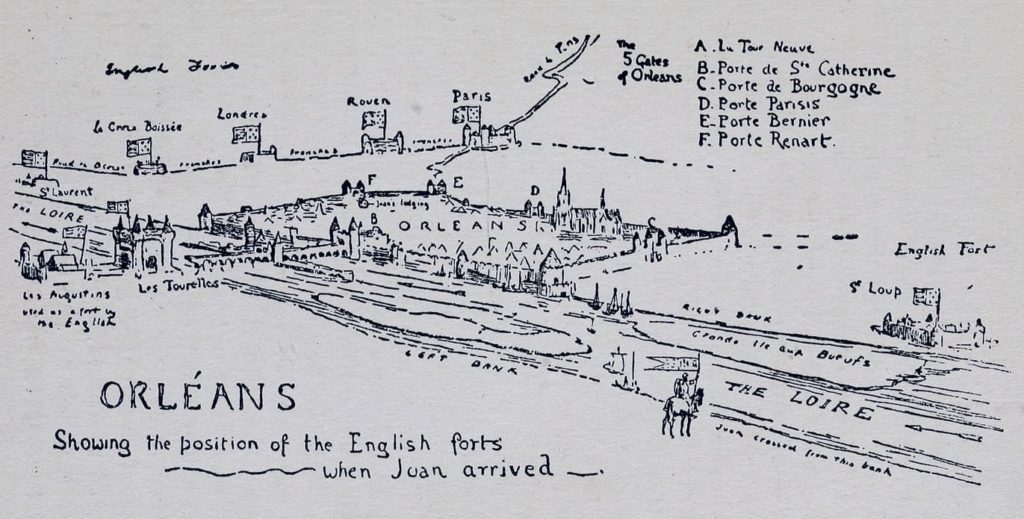
At this time, Duke Dunoy, the military commander of Orléans, gave advice to Joan, who had no combat experience. In reply, she told him that the Lord’s advice was safer and wiser than his, and that through the intercession of St. Louis and St. Charlemagne, the Lord would deliver Orléans from misery and oppression.
Joan also persuaded the other captains of the army to follow the Lord’s advice and attack Fort Tourel, where they won a great victory, though Joan was wounded. It is recorded that she actually knew in advance that she would be wounded in this battle, but she did not hesitate to go to the battlefield.
Joan foresaw that the bridge would fall.
“Courage! Do not fall back; in a little, the place will be yours. Watch! When the wind blows my banner against the bulwark, you shall take it!” That is what Joan said to the soldiers fighting with her in the assault on the bridge at Orléans. (In her own words | Joan of Arc | Jeanne-darc.info)
During the attack on the bridge, she foresaw that the temporary wooden bridge that had been built over a gap in the broken stone bridge would not last long. When the English troops were about to cross the bridge, she warned them to stop. However, the English misunderstood her advice and thought that Joan and her men were afraid of them. They continued to advance, and the wooden bridge collapsed under their weight, causing them to drown in their heavy armor. Needless to say, this unfortunate event for the English gave the French the upper hand. (The battle is explained in detail in this video.)
Finally, the French succeeded in recapturing Orléans. This victory marked a turning point in the Hundred Years’ War. Since then, she has come to be known as “the Maid of Orléans.”
Joan’s Beloved Banner
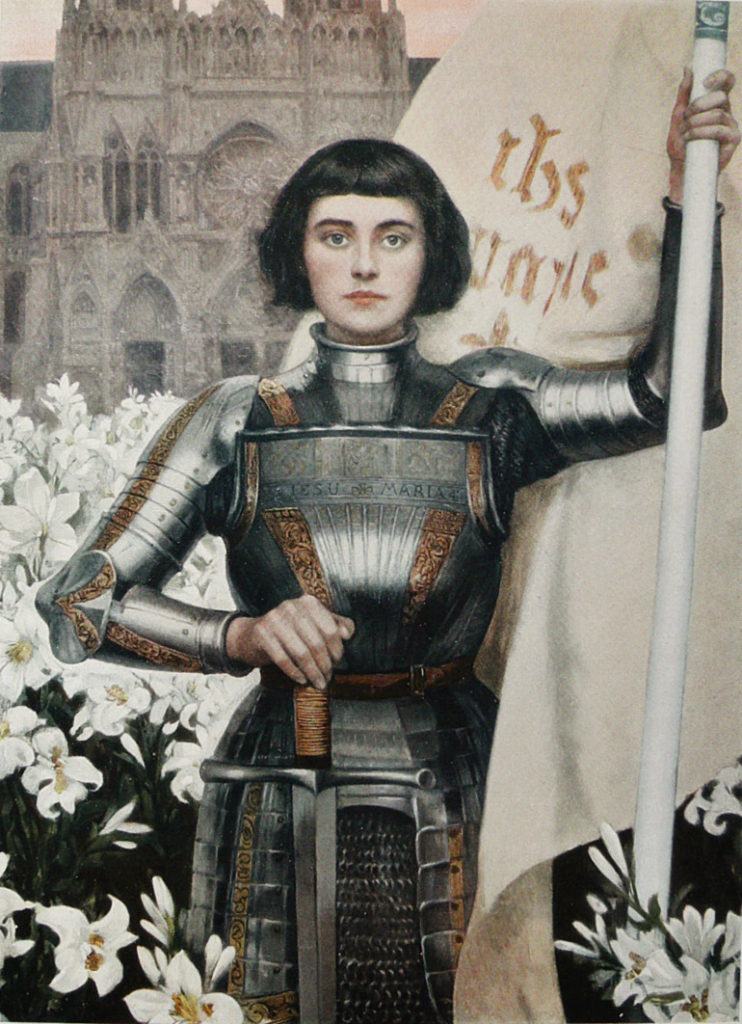
Rather than engaging in violence, it seems that Joan carried a banner on the battlefield, to inspire her soldiers. Banners were also important for rallying allied soldiers in the chaos of battle.
At the trial in 1431, Joan described her banner as follows:
“I had a banner, which I carried in the field, a standard whose field was sown with lilies. There was a figure of Christ holding the world and on each side of Him was an angel. It was made of a white fabric called “boucassin”. Written above: Jhesus Maria, as it seems to me, and it was fringed in silk” (Banner | Joan of Arc | Joan-darc.info).
It is reported that Joan was more fond of the banner with Jesus and Mary than of the sword. Unfortunately, this banner was destroyed by fire during the French Revolution.
St. Joan of Arc’s Ardent Faith in God.
10 Fear not, for I am with you,
be not dismayed, for I am your God;
I will strengthen you, I will help you,
I will uphold you with my victorious right hand.
11 Behold, all who are incensed against you
shall be put to shame and confounded;
those who strive against you
shall be as nothing and shall perish.
12 You shall seek those who contend with you,
but you shall not find them;
those who war against you
shall be as nothing at all.
— Isaiah 41:10-12
According to “Joan of Arc: A Life” by Mary Gordon, people who met Joan felt transformed, able to do things they could not do before. Her strong faith, fiery enthusiasm, and immense trust in God inspired those around her and freed them from fear.
Her accomplishments, brought about by God, are like the description in Isaiah. In the 15th century, a peasant girl did not have much opportunity to make an impact on history, but with God’s help, human limitations can be overcome.
Because she followed God’s calling, Joan ultimately achieved the triumph of divine glory. The people who betrayed her and sent her to her executioner perished, but Joan became Saint Joan, and she continues to inspire people today.
The Battle of Patay, 18 June, 1429: Another Miraculous Victory
After her success in the battle of Orléans, Joan immediately reported the victory to the Dauphin. She then urged the Dauphin to be crowned as soon as possible. But in order to reach Reims, the traditional site for coronations, it was necessary to defeat the English army at Patay. Again, Joan promised a great victory for the French. And true to her word, the battle of Patay ended with an overwhelming French victory. On the other hand, Joan was shocked to see the reality of this tragic war. The story of Joan holding the head of a dying English soldier on the battlefield and listening to his dying confession is passed down to posterity as an anecdote that demonstrates this fact.
Fortune at the Battle of Patay
The event that led to victory in the battle was actually the sudden flight of a deer from the forest. The English soldiers raised their voices, and the French, who had now learned their location, launched a surprise attack and were able to repel the longbowmen.
The longbowmen, who were the strength of the English army at the time, had inflicted tremendous damage on the French army. At the Battle of Agincourt in 1415, which must have been still fresh in Joan’s mind, the French army, which was far superior in numbers and equipment, was helplessly defeated by the resourceful strategy of Henry V and the heavy fire of the English longbowmen.
At the Battle of Agincourt, Henry V, who hid his men in the woods, ordered his troops to “make no noise under any circumstances.” If the English had not raised their voices at the Battle of Patay, the British would have had a good chance of success. Knowing the strength of the English army at that time, we can believe that without God’s help, it would have been difficult for the French to win the battle.
On the other hand, while the battle of Orleans was full of mysterious events that can only be attributed to divine intervention, the battle of Patay was not like that.
To what extent was the Victory at Patay due to divine intervention in response to the prayers of St. Joan, to what extent to the strategy and military might of the French army, and to what extent to mere chance? All three played a role, but only God can measure with exactness the contribution of each.
The campaign of Joan and her men in the Loire Valley:
They captured Jargeau on the 10th of June, re-entered Orléans on the 13th, captured the bridge at Meung on the 15th, and took Beaugency on the 16th. It ended with a glorious victory at Patay.
Image: The Maid by Frank Craig
